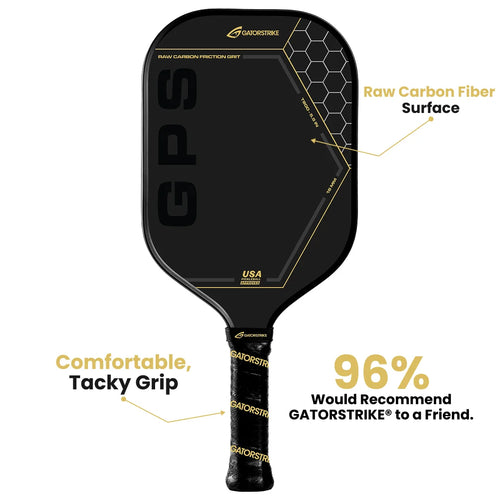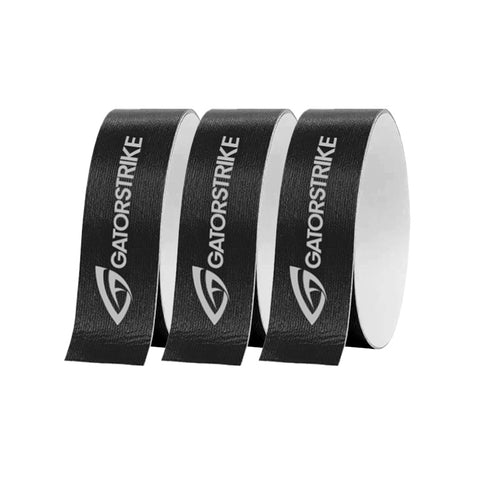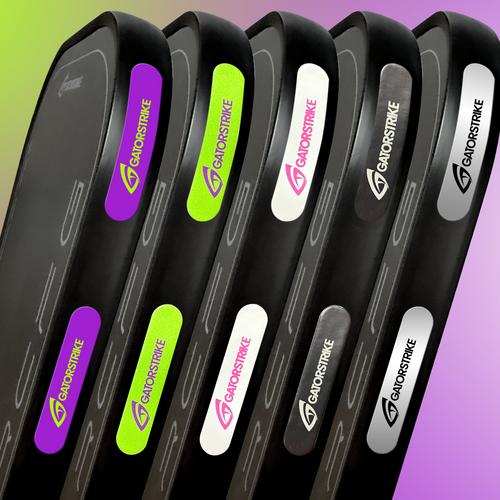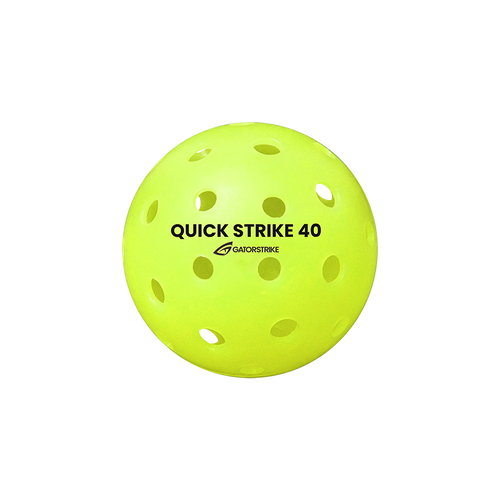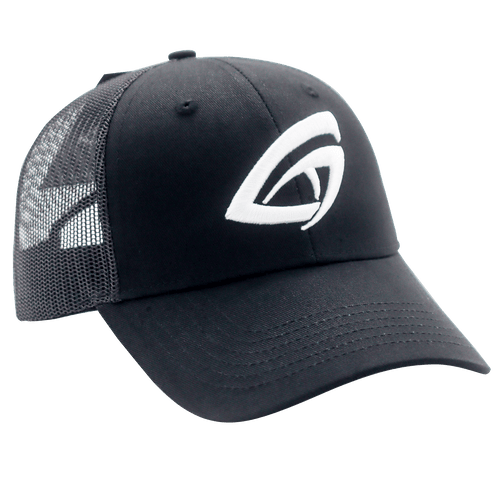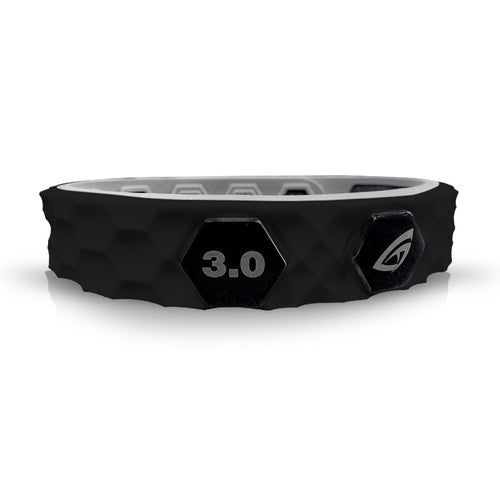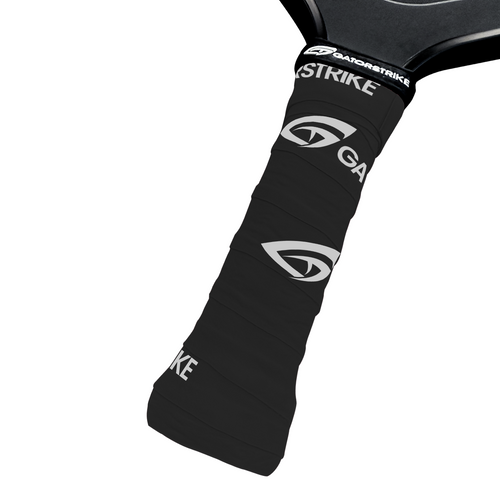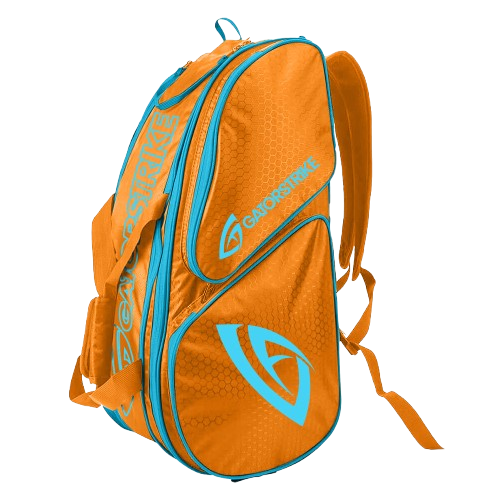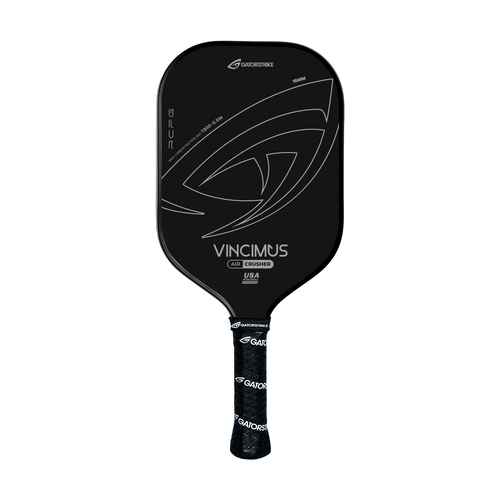
The Role of Footwork in Pickleball: Drills to Improve Agility and Balance
Share
While many players obsess over the latest paddle technology or perfecting their third-shot drop, the unsung hero of pickleball excellence often lies below the waist—footwork. Efficient, deliberate footwork is the engine that powers positioning, balance, and reaction time. Without it, even the most polished stroke technique can fall flat.
Whether you're a weekend dinker or an aspiring tournament titan, developing quick feet and grounded balance can transform your game. Let’s explore how footwork shapes performance and uncover dynamic drills to sharpen your agility and on-court grace.
Why Footwork Matters in Pickleball
Pickleball may seem like a compact-court sport, but it demands explosive lateral movement, swift pivoting, and strategic positioning—all executed with poise. Here's why footwork deserves your undivided attention:
- Court Coverage: Good footwork helps you anticipate and reach shots more efficiently, reducing the need for desperate lunges.
- Balance and Control: Stable foot positioning leads to more accurate strokes and better shot selection.
- Recovery Speed: Quick foot transitions allow you to reset after each rally and maintain a neutral position for the next shot.
- Injury Prevention: Proper movement reduces unnecessary strain on joints, especially the knees and ankles.
Masterful footwork isn’t about running faster—it’s about moving smarter.
Core Elements of Pickleball Footwork
To improve your footwork, it’s crucial to understand its foundational components:
- Split Step – A small hop that keeps your center of gravity low and prepares your body for any directional move. Think of it as your readiness stance reset.
- Shuffling – Side-to-side gliding allows you to move laterally without crossing your feet, helping maintain balance and paddle readiness.
- Pivoting – Crucial for transitioning between forward and backward movements or changing angles quickly without over-rotating.
- Weight Transfer – Learning to shift your weight smoothly between feet helps add power and stability to every shot.
Top Drills to Enhance Agility and Balance
Now let’s lace up and dig into practical, engaging drills designed to elevate your footwork:
1. Shadow Shuffle Drill
Objective: Improve lateral speed and paddle-ready stance.
How to Do It:
- Stand on the kitchen line without a ball.
- Shuffle three steps right, then three left, mimicking dinks or volleys.
- Keep your knees bent and paddle in hand.
- Add a split step between each transition for added realism.
Reps: 3 sets of 30 seconds
Pro Tip: Visualize an opponent’s shots as you move to sharpen reaction time.
2. Cone Zigzag Drill
Objective: Sharpen directional changes and reactive footwork.
How to Do It:
- Set up 5 cones or markers in a zigzag pattern about 3 feet apart.
- Sprint or shuffle through the cones in a zigzag motion while holding your paddle.
- Focus on staying low and using controlled foot placement.
Reps: 4 rounds, resting 30 seconds between
Variation: Use a partner to randomly feed balls during the drill.
3. Balance Beam Step-Ups
Objective: Strengthen core stability and improve equilibrium.
How to Do It:
- Use a low balance beam or a line on the ground.
- Step forward and backward along the line while keeping your posture upright and core tight.
- Try with eyes closed for an advanced challenge (only if safe).
Reps: 2 minutes total
Pro Tip: Hold your paddle to simulate in-game body alignment.
4. Mirror Drill (Partner-Based)
Objective: Train footwork responsiveness and mimic opponent movement.
How to Do It:
- Stand across from a partner.
- One player leads with lateral, forward, or backward movements while the other mirrors them.
- Switch roles after 30 seconds.
Reps: 5 rounds per partner
Bonus: Perform this drill on different surfaces (grass, court, gym floor) to test adaptability.
5. Jump Rope Intervals
Objective: Boost agility, foot speed, and cardiovascular endurance.
How to Do It:
- Jump rope in 30-second intervals using both single-leg and double-leg hops.
- Focus on soft, controlled landings and light foot taps.
Duration: 5 minutes total
Why it Works: Quick foot patterns directly translate to quicker court reactions.
Bringing It All Together: Mind + Movement
Footwork isn’t just physical—it’s a cerebral skill. Developing court awareness, shot anticipation, and mental composure is equally critical. Practicing with intention, breathing through your movements, and visualizing match scenarios will deepen your muscle memory and court IQ.
Conclusion
In pickleball, the best shots begin with the best steps. Developing nimble, purposeful footwork helps you move like a strategist, not a scrambler. With time, your feet will become your fiercest allies—guiding you into perfect position and propelling you toward victory.
So the next time you hit the court, don’t just focus on your hands. Train your feet like they matter—because in pickleball, they absolutely do.
